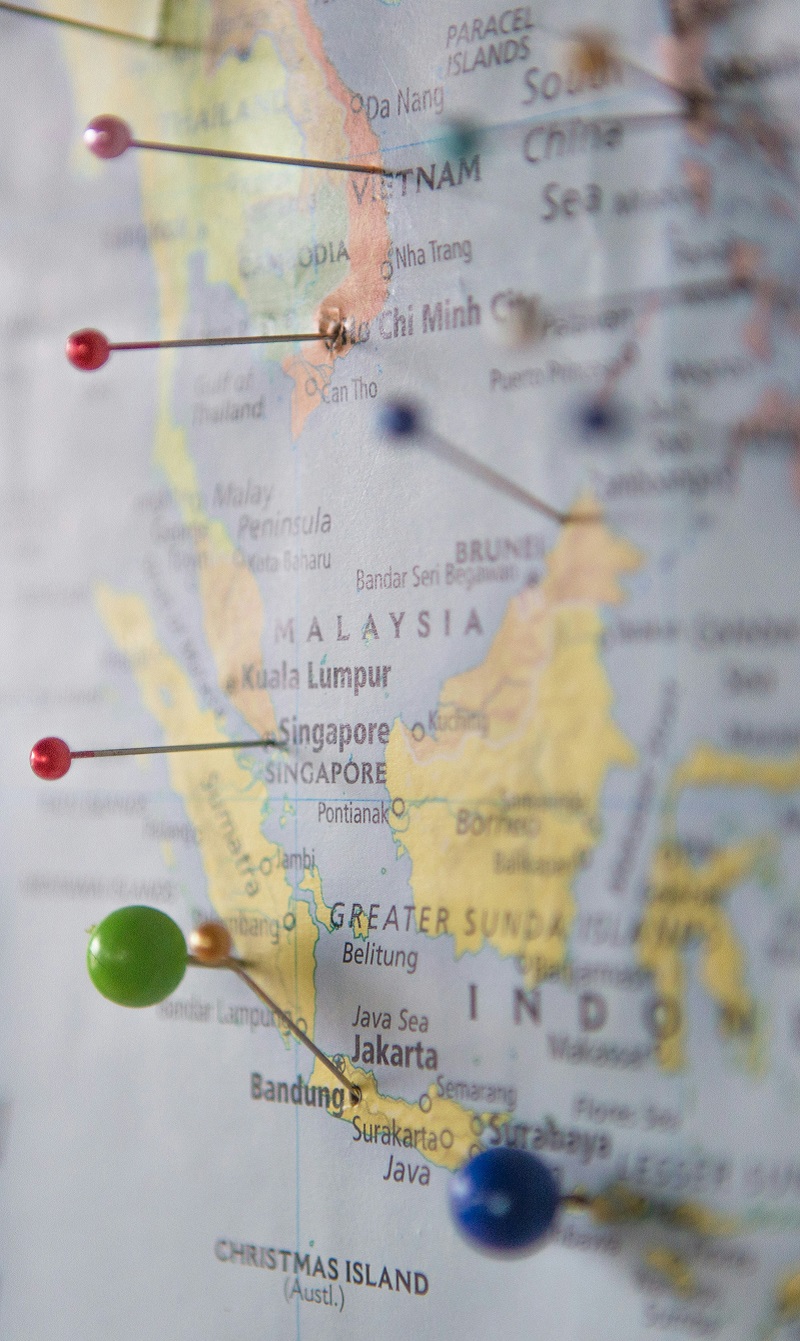Globalisation 4.0
World economies need external markets to thrive and globalisation, by easing the movements of goods across borders, has made it possible for international trade. Here we take a look at its impact, Globalisation 4.0 and how to be globalisation-ready.
During these few years, we’ve been grappling with change of stratospheric proportions. We have seen the occurrence of, mainly, the world getting smaller due to convenient travel, autonomous vehicles, AI dictating employment trend and a volatile economy. Most of which have been attributed to the rise and rise of technology. However, it is time to look closer and realise that globalisation is as big a factor to these developments.
In fact, the two factors go hand in hand because technology is a driver of globalisation. Although international finance and trade – also multinational production – are the catalysts of globalisation, technology has been said to be its main driver. What technology does is, it rapidly increases globalisation through easier communication which enhances connectivity and ease of mobility due to improved air, sea and land transportation systems.
Globalisation just like technology, it affects every aspect of our daily life. The general dictionary definition, or the simpler meaning, of globalisation is ‘the process by which businesses or other organisations develop international influence or start operating on an international scale.’ Meanwhile, the business dictionary definition of globalisation is, ‘The worldwide movement toward economic, financial, trade and communications integration. Globalisation implies the opening of local and nationalistic perspectives to a broader outlook of an interconnected and interdependent world with free transfer of capital, goods and services across national frontiers.’
Globalisation 4.0
As digital disruption significantly affects global corporate investment patterns, the next wave for the global economy is emerging. This, according to American Chamber of Commerce, the Netherlands (AmCham), is the era of Globalisation 4.0. It is seen as ‘an era that aligns international value creation with the promise of technologies associated with the Fourth Industrial Revolution. An increasingly data-driven economy is transforming global value chains and driving the participation of different locations and geographic regions’.
AmCham also mentions that in IBM’s eleventh annual report on global investments trends shows greater volatility in foreign direct investment. The report stated that, ‘This volatility is evident both overall and for individual countries as companies and countries adapt to Globalisation 4.0. Navigating this new era for economic development and job creation will likely put increased pressure on policy makers to shape business environments that are responsive to rapidly – and continually – changing industry requirements.’
‘Globalisation 4.0 has only just begun, but we are already vastly underprepared for it. Clinging to an outdated mindset and tinkering with our existing processes and institutions will not do. Rather, we need to redesign them from the ground up, so that we can capitalise on the new opportunities that await us, while avoiding the kind of disruptions that we are witnessing today,’ Klaus Schwab has famously said and is quoted in a Project Syndicate column.
Embracing Globalisation
Asia Times reports that basically, world economies need external markets to thrive and globalisation has enabled international trade by easing the movement of goods across borders, thus, serving this need. The news website states that markets such as ‘Russia, Canada, Brazil and Australia, wouldn’t be what they are today had there been no markets for their natural resources. Access to external markets is also important for China in spite of its rapid economic growth and huge domestic market. The country needs external markets to reduce industrial overcapacity, acquire natural resources, and open opportunities for overseas investment. China is vigorously pursuing the “One Belt, One Road” initiative — land trade routes linking the country to Europe through Eastern Europe in the north and Southeast Asia, South Asia, Africa, the Middle East in the south. More than 100 countries are showing interest in the initiative and 40 have signed investment and trade agreements with the Chinese.’
Another upside to globalisation is the fact that it transcends borders and in terms of trade, it is advantageous in the sense of global competition: products are produced with marked improvement on quality and sold at competitive prices. Furthermore, UNESCO reports that there are many improvements in standards of living around the world, including ‘the percentage of people in developing countries living below USD1 per day has halved in only 20 years’.
Main Adverse Impacts of Globalisation
As always, in all good there is also the downside. In the case of globalisation, it has been observed that the boost of production also means increase use of natural resources – the more we produce the more natural resources we need to use. According to Investopedia, ‘Another possible danger and harmful effect, is the overuse and abuse of natural resources to meet new higher demands in the production of goods.’
Another impact is the increase of transporting of goods, for instance, increases the use of fuel as well as pollution, and this brings on environmental deterioration that leads to the extreme change in climate that has become a threat to us.
Globalisation inevitably increases market competition that causes price fluctuation. This is especially so in developed economies where they have to reduce the prices of their goods to compete with a premier emerging economy, namely China, that produce the same products at lower prices. The direct result of less revenue causes a developed country’s disability to maintain and sustain, for instance, its social welfare.
Being Globalisation-ready
As in everything, being ready for change, ensures survival and gives your business a competitive edge. A few things you can do, according to an article in the National Post, and it includes: researching your markets and get to know the region’s markets to benefit from the various opportunities as well as be informed of the risks; being flexible in terms of adapting your product to the region or country’s market which you target, and; don’t forget to adopt a long-term view because business results may take time to materialise.
‘The [changes] are universal, and thus require a global response. Failing to adopt a new cooperative approach would be a tragedy for humankind. To draft a blueprint for a shared global-governance architecture, we must avoid becoming mired in the current moment of crisis management,’ says Klaus Schwab in the Project Syndicate column. ‘Specifically, this task will require two things of the international community: wider engagement and heightened imagination. The engagement of all stakeholders in sustained dialogue will be crucial, as will the imagination to think systemically, and beyond one’s own short-term institutional and national considerations.’
Photo by rawpixel on Unsplash





